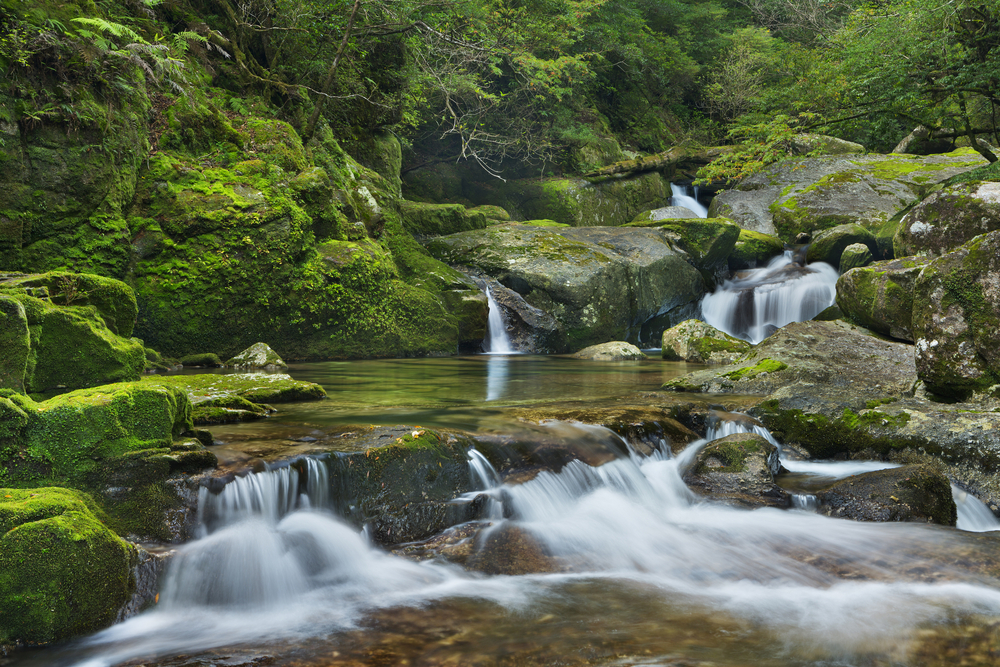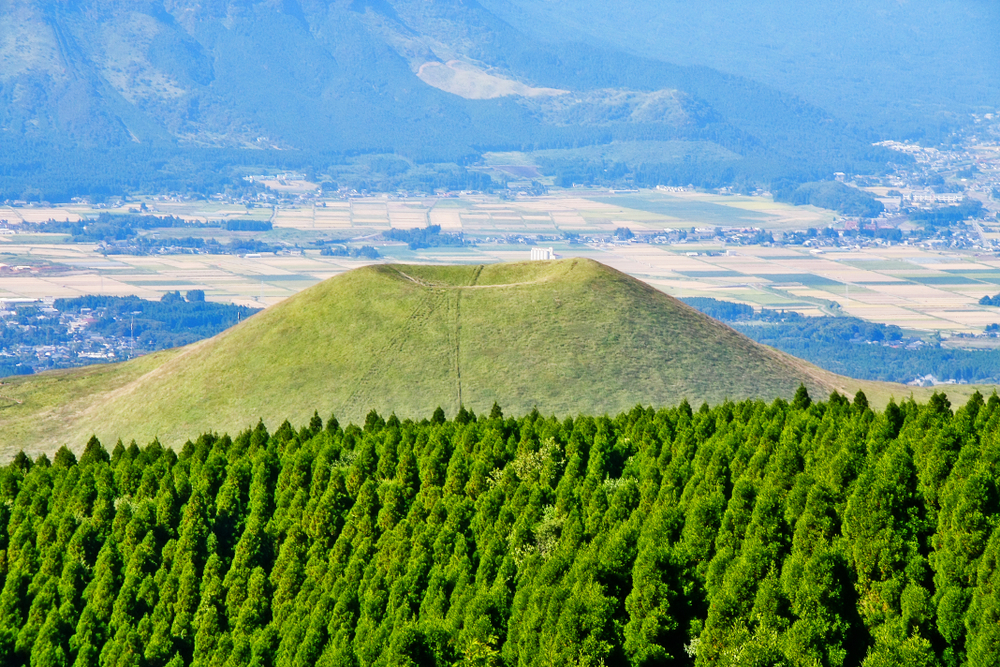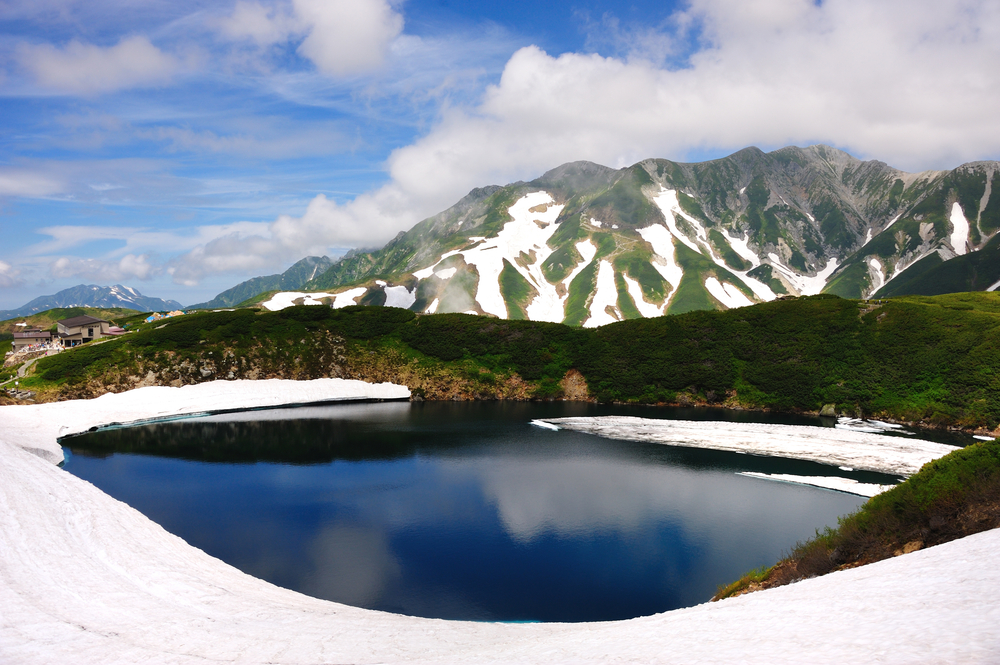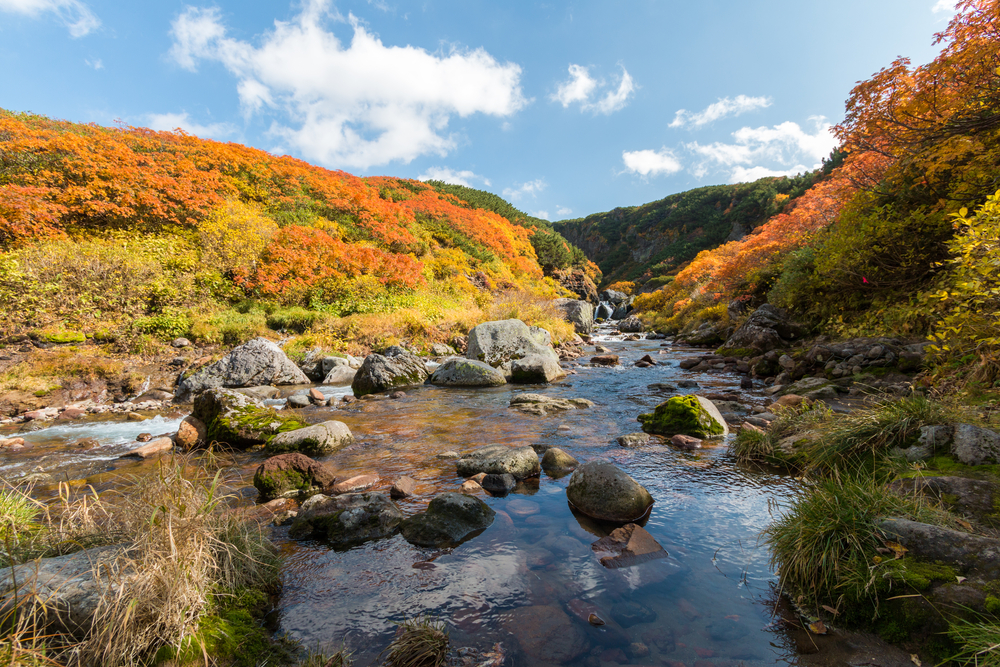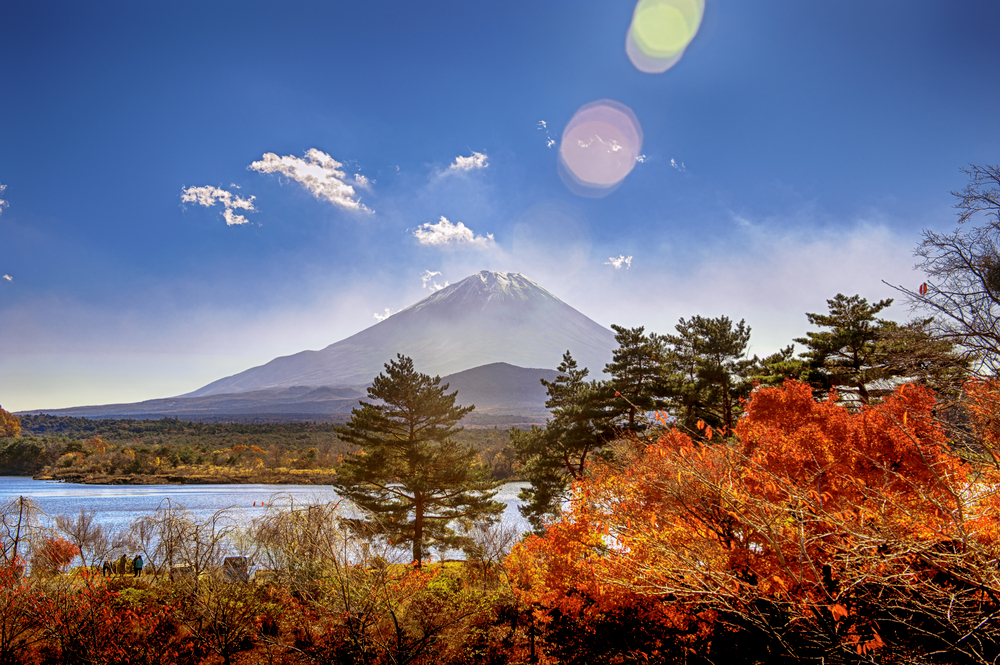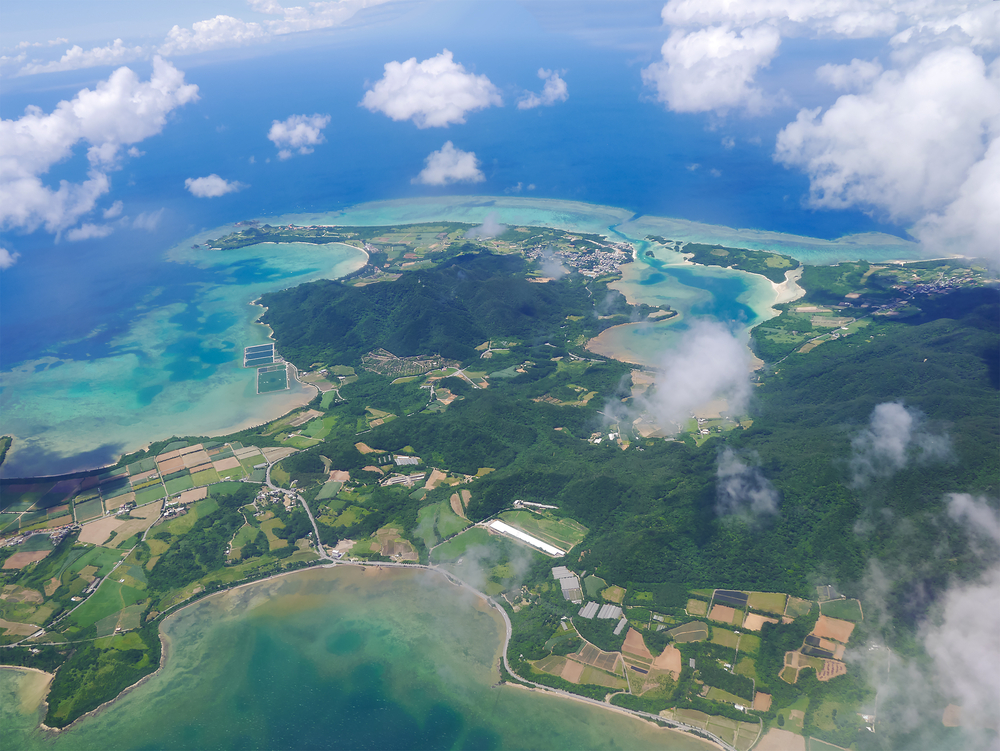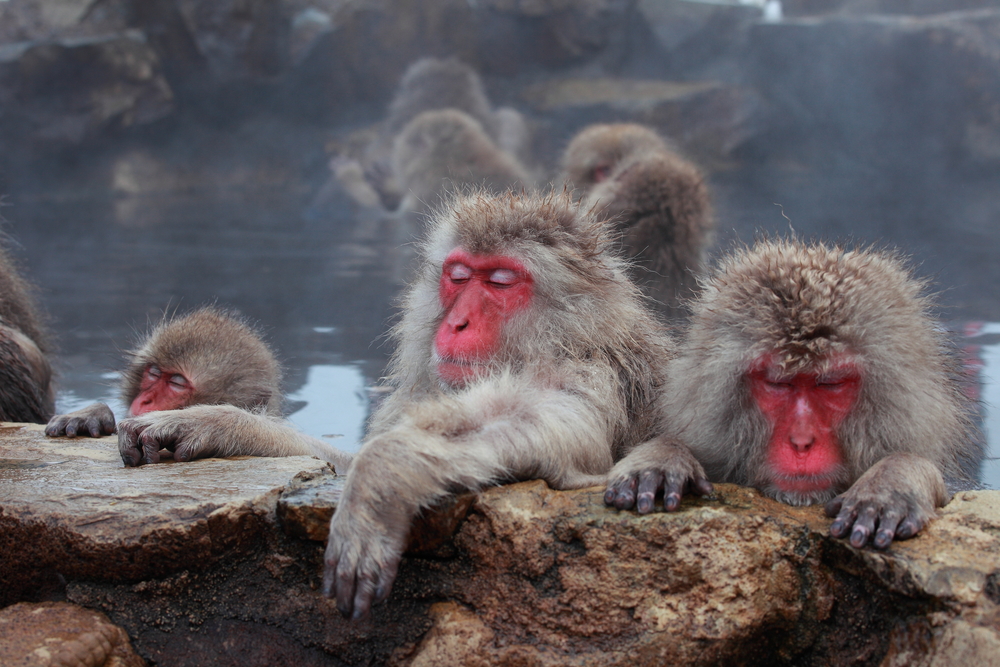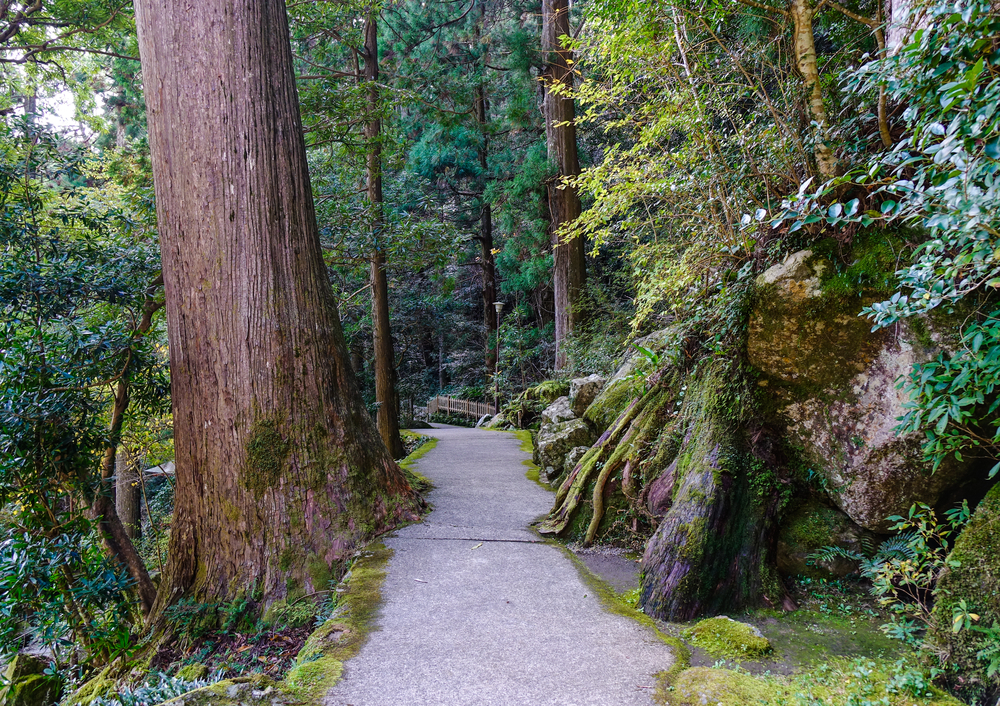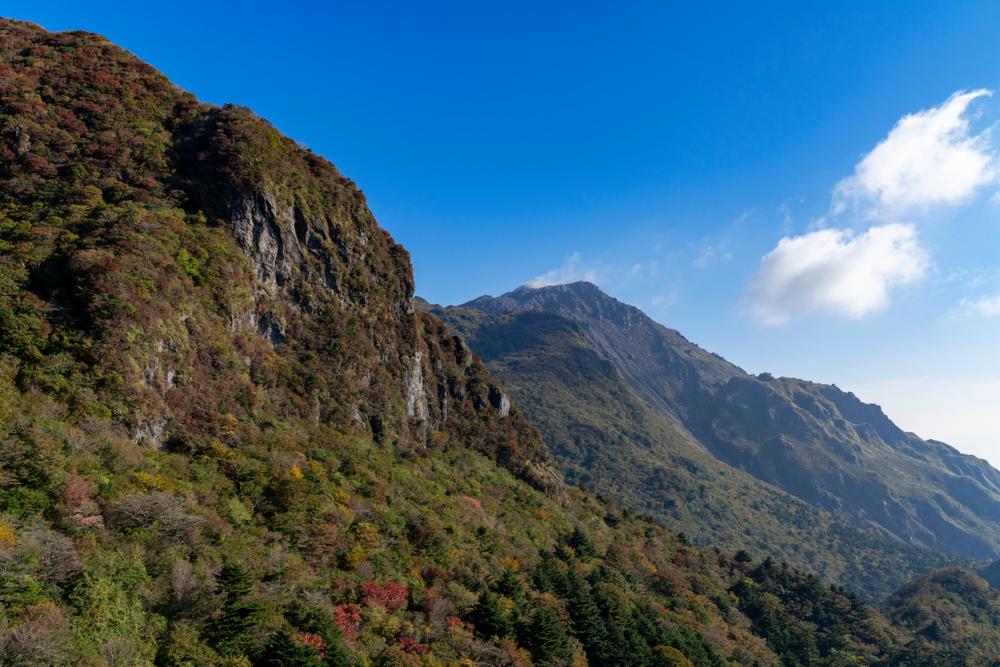Yakushima Overview
Yakushima National Park (屋久島国立公園, Yakushima Kokuritsu Kōen) is a stunning natural treasure located on Yakushima Island in Kagoshima Prefecture, Japan. Spanning approximately 82 square miles (213 square kilometers), the park is renowned for its enchanting landscapes, ancient forests, and rich biodiversity. Yakushima, a UNESCO World Heritage Site, is situated off the southern coast of Kyushu and offers a mix of subtropical and temperate ecosystems, making it one of the most unique national parks in the world.
The terrain of Yakushima National Park is characterized by its dramatic elevation changes, ranging from sea level to over 6,300 feet (1,935 meters) at the peak of Mount Miyanoura, the highest mountain in Kyushu. The park is covered with dense forests, including ancient Japanese cedar trees known as yakusugi. Some of these trees, such as the revered Jōmon Sugi, are estimated to be over 7,000 years old, making them among the oldest living trees on Earth. In addition to its lush forests, the park features granite cliffs, gushing waterfalls like Senpiro-no-Taki and Oko-no-Taki, and crystal-clear rivers that add to its serene beauty. Moss-covered rocks and ground layers give the park an otherworldly atmosphere, often compared to scenes from a fantasy novel.
Wildlife in Yakushima National Park is diverse and fascinating, thanks to its mix of habitats and isolation as an island ecosystem. Key mammals include the Yakushima macaque, a subspecies of the Japanese macaque, and the Yakushima sika deer, both of which roam freely through the park. Bird enthusiasts can spot a wide variety of species, including the endangered Ryukyu robin and Japanese wood pigeon. The island’s streams and forests are also home to amphibians like the endemic Yakushima newt and a host of unique insects and plant species, some of which are not found anywhere else.
Visitors to Yakushima National Park are drawn to its tranquil hiking trails, which range from challenging mountain treks to serene walks through the ancient cedar forests. The most famous hike is the route to Jōmon Sugi, offering breathtaking views of the ancient trees and lush landscapes. Waterfall tours, kayaking on the Anbo River, and snorkeling along the island’s coastline are also popular ways to experience the park’s natural wonders. Hot springs, such as Hirauchi Kaichu Onsen, provide relaxation and connection to the island’s geothermal activity.
Yakushima faces conservation challenges due to the delicate balance of its ecosystems. Increased tourism has raised concerns about erosion, waste management, and the impact on its flora and fauna. However, strict management policies, conservation programs, and the commitment of local communities have helped mitigate these issues. Efforts such as trail maintenance, habitat restoration, and educational programs have ensured the park’s ongoing preservation while allowing visitors to enjoy its beauty responsibly.








































































